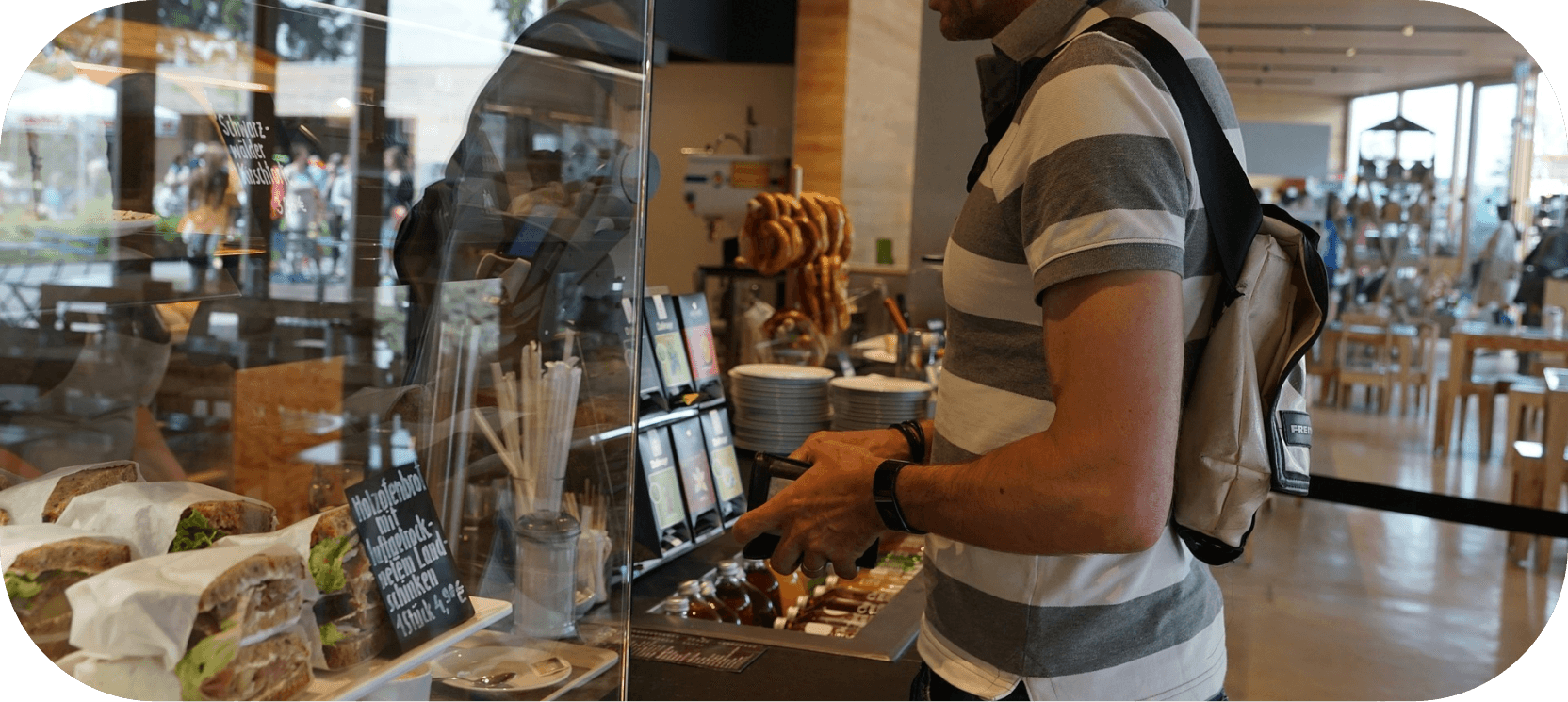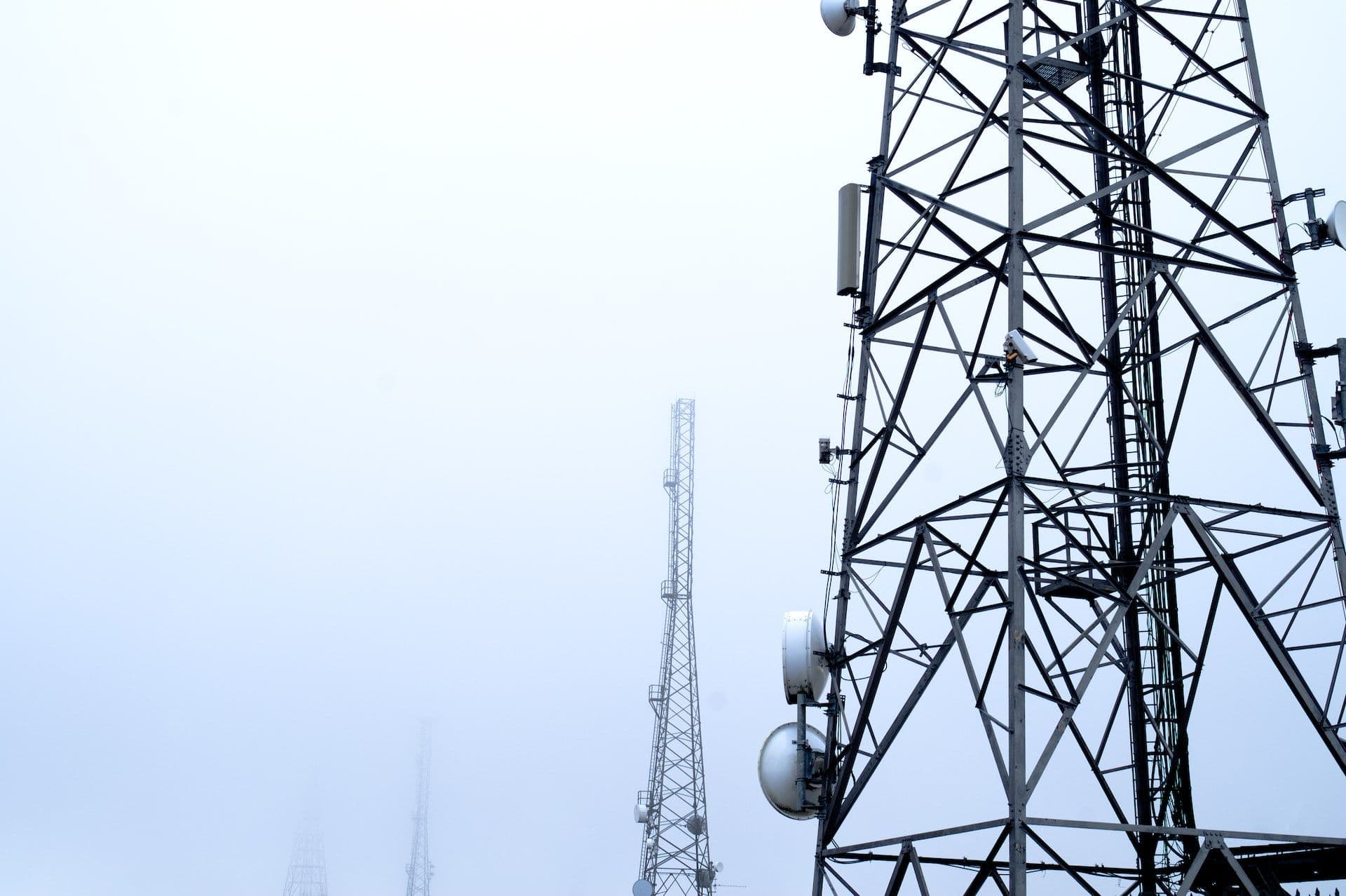Nonverbal communication is an elaborate secret code that is written nowhere, known by none, and understood by all.
Knowing how to communicate with people effectively is arguably one of the most important life skills to acquire today. You’re surrounded by people almost everywhere you go- at home, at school, at work, etc.
So, naturally, being good with communication is a timeless skill that you can always expect to come in handy.
But what does it take to become a good communicator? Most people will recommend improving your vocabulary and working on your articulation. They will argue that if you can find better words to articulate your thoughts, you will convey your messages better.
And they’re right, of course, but not completely! You see, an extensive vocabulary does help you convey your thoughts better. But it is definitely not all you have to work on to become effective at communication. In fact, most of it isn’t even about verbal communication at all. As shocking as it might sound, 80% of the messages we communicate to people around us are non-verbal. And only 20% involve the use of words.
But what is nonverbal communication, you ask? Well, these are the messages and signals you send to people around you (knowingly or unknowingly) without using words.
This includes things like your body language, your appearance, your physical gestures, facial expressions, tone of voice, eye contact, and more. Since this entails 80% of what you communicate to people, it is really important that you get this right.
Luckily for you, this is exactly what we’re going to help you improve in this article. We will cover the different types of nonverbal cues and discuss their importance. In the end, we will also give you some actionable tips on how you can improve your nonverbal communication. Let’s get started.
What is nonverbal communication?
As we mentioned earlier, nonverbal cues or communication entails any messages or signals you send to others without using words. This includes things like your hand gestures, body movements, tone of voice, posture, eye contact, touch, appearance, and more.
Whether we realize this or not, we communicate with others non-verbally all the time. Think about it. If you see someone at a party standing at the corner with their arms crossed, would you consider them approachable or extroverted? Or would you think of them as shy and introverted? Obviously, the latter, right?
Now, think about how you can tell when your friend is being sarcastic. What gives it away? It’s definitely not the words (otherwise, it wouldn’t be sarcasm).
No, it’s always the complete package- what is signaled to you with the words. The tone of voice, the gestures, the eye movements, etc.
This is what makes language so complex– the meaning of what we say is almost always contextual. So, we can’t just isolate verbal communication and think that improving on it would make us better communicators.
No, you have to make the context work with you. This means that your verbal language should be aligned with your nonverbal language.
Also, you must realize that you communicate with people way before you actually talk to them. You communicate with them with the posture you maintain, with the gestures you use, and even with your appearance.
With these cues, people take note (consciously or subconsciously) of what they can expect by connecting with you. For example, if you’ve put up a friendly exterior, you will seem more approachable. However, if you put up an intimidating exterior, you can signal to people that you are in no mood to socialize.
9 types of nonverbal communication
Here are 9 different types of nonverbal communication. Each one plays a huge role in the way you come across people. So, it is important that you don’t neglect any of them.
Facial expressions
When it comes to nonverbal messages, your facial expressions matter the most. The same statement made using a smiley face means something entirely different when made using an angry face.
For example, the question “where were you?” sounds soft and well-meant when it is said with a soft smile. The same question, however, reflects hostility when it is said with an angry face.
Our facial expressions are important to effective communication that we even figured out a way to use them over messages. Emojis serve the purpose of facial expressions over text messages. They help us navigate the intended tone or mood of the messages we read.
The interesting thing about facial expressions, though, is that, unlike most other forms of nonverbal signaling, facial expressions are universal. This means that facial expressions of happiness, sadness, anger, fear, and more remain the same across the globe. This is true no matter what culture you belong to.
Posture
Posture is another powerful way you can communicate information about yourself to others. By standing upright, keeping your back straight and your shoulders firm, you can signal confidence to others. This is particularly useful in situations where coming across as sure of yourself is important, i.e., during a sales pitch.
Gestures
Gestures give away a lot of information about you to others and they help you communicate your thoughts better. Hand gestures are particularly great at this.
They help you lay emphasis on your words and help you visually convey your thoughts. For example, moving both your hands outwards while describing something huge helps your audience get the picture more effectively.
Paralinguistics
Paralinguistics is just a fancy term that refers to the non-word aspects of vocal communication. It is concerned with the way you say what you say. This includes factors like your tone of voice, your talking speed, your volume, your voice’s pitch, and more.
All of these elements play a huge role in the final message your listener ends up receiving. For example, the question “why?” comes across as aggressive when it is said in a harsh tone of voice. The same question is understood to come from genuine curiosity when it is said in a soft tone of voice.
Proxemics
This is an interesting one. Even something as subtle as your physical proximity to a person sends them nonverbal signals. The amount of space we put (consciously or unconsciously) between our listeners and us says a lot.
For example, you usually stand in close proximity to people who are close to you, i.e., your family, friends, or lovers. You do this because you’re more comfortable with such groups than you are with other people. With strangers, people usually maintain a greater physical distance to respect each other’s boundaries.
Do note, however, that this nonverbal form of communication is not universal. This means that standing in close proximity to your listener may be considered respectful in some cultures. But the same distance may be regarded as intrusive and disrespectful in other cultures.
Eye-contact
Eye contact is a great way to send signals to others without using words. For example, we’re all familiar with the hostile death stare that parents give us when we embarrass them in public. At the same time, we’re also familiar with the escape-searching eyes of an insecure person who doesn’t look you in the eye. In both cases, not a word is said to you, but the message is conveyed all the same.
Our eyes help us communicate nonverbally in another way. They are highly indicative of other people’s emotions. For this reason, eyes are sometimes referred to as the “windows of the soul.” This implies that you can look into someone’s soul through their eyes.
To some degree, it’s pretty much true as well. If you’re trained for it, you can actually tell whether someone is being honest or not by looking into their eyes. It is likely that someone lying to you will try their best to avoid eye contact with you. There are, of course, other indicators as well, but you get the point.
Touch (Haptics)
The frequency and the way we utilize touch while talking to others also say a lot about our relationship with them. Generally, touch is used in communication once you’ve built a certain comfort level with the other person. Most commonly, touch is used to convey affection, familiarity, and closeness.
However, touches can also indicate power differences. For example, individuals with higher socio-economic status tend to utilize haptics more when talking to people. This is because they feel more comfortable invading the personal space of those with a lower status.
Physical appearance
Your physical appearance has to do with how you look to others, physically speaking. One facet of this is your perceived physical attractiveness. A study in 1996 found that attorneys rated attractive earned 15% more than other, less attractive attorneys. This shows you how important even your appearance can be in signaling competence to other people.
Props
Props include any inanimate objects that you wear or keep on your person. They help you express your identity to others, so it is really important that you pay attention to them. The most prominent prop you will use in everyday life is your clothing. It signals a lot about you to others.
For example, if you wear formal clothes while talking to someone, you may come across as professional. Casual wear signal friendliness and approachability. If you wear unclean clothes, you are sending off bad signals about yourself to others, i.e., that you’re not hygienic.
The importance of nonverbal communication
The ability to communicate nonverbally comes with all of the benefits of good verbal communication. This includes things like getting respected by people easily, networking with people better, and more.
It benefits you in other ways, too, though. These have to do with how your nonverbal cues interact with your words. There are 5 main ways this can happen- each being absolutely essential to effective communication:
- Reiterate: Your nonverbal cues can reiterate or repeat what you say verbally. This improves the strength of your message.
- Contradict: Nonverbal cues can contradict your verbal statements- allowing you room for sarcasm.
- Substitute: Sometimes, nonverbal signals leave words redundant. For example, a simple wag of your index finger is enough to say no to someone.
- Complement: Nonverbal cues like hand gestures can help you communicate your messages better. For example, throwing your hands in the air while you scream, “Woohoo.”
- Accent: Lastly, nonverbal cues can underline your verbal messages. For example, pounding on a table during a business meeting while delivering a strong message.
Tips to improve nonverbal communication
Now, we are up to speed with what nonverbal communication is, what its types are, and why it is important. Now what? Well, it’s time to talk about the ways you can act on today’s lessons to communicate using your body more effectively.
But before you can start measuring your progress, you need to set a goal for yourself. Think about what kind of person/ communicator you want to become.
Do you want to appear confident and extroverted? Or do you prefer keeping a low profile and not attracting people’s attention? Do you want to seem friendly and approachable? Or do you want to come across as intimidating and stern?
With your personal goals in mind, proceed with the tips we’ve shared below. They’re all actionable, and they will help you achieve whatever goals you’ve set for yourself as a communicator.
Think about it
This step involves being mindful of all of the 9 different ways of communicating nonverbally. It will help you be more conscious of the signals you send to other people through these 9 forms.
Moreover, this also entails reminding yourself of your communication goals. For example, let’s say you want to appear more confident to others.
Start by reminding yourself that confident people maintain solid eye contact, keep their chin up, and have a reassuring voice. Keep these behaviors and cues as your benchmark.
Next, think about (and observe) how you perform on each of these fronts. These observations will reveal the areas you need to work on. And the benchmarks you set will help guide you to your desired goals.
Practice in front of a mirror
Another great tip is practicing in a safe environment. For example, you can practice your nonverbal language in front of a mirror. This will provide you with a private space where you can practice different aspects of your body language.
For one thing, you don’t have to worry about embarrassing yourself if you get it wrong. We’re all humans & we make mistakes just the same. Of course, it’s difficult for us to emulate behaviors that don’t come naturally to us.
This means that every time you consciously try to behave a certain way, you’re bound to first do it unnaturally. Given this, it’s better for you to be your only audience at this time, so you have nothing to fear.
Another reason why this technique is so useful is that it lets you observe yourself in live time.
Seeing yourself in a mirror is the closest you can come to seeing yourself as others do. This will help you practice your posture, gestures, facial expressions, etc. And it will allow you to adjust them instantly if you have to.
Practice in real life
Of course, nothing beats rolling up your sleeves and diving head-on into practical situations. Contemplating improvements and practicing in front of a mirror will not take you so far. This is because both of these methods of learning lack realism. They’re too “safe” to help you out in a real way.
Sure, you might see some improvement through these methods. But you will never know whether you’ve actually learned these skills unless you put yourself in an actual social setting and test it out. Don’t get us wrong, though.
We’re not saying that the first two tips we gave you aren’t helpful. They are. But you won’t know if (or how much) they’ve helped you unless you test it out in real life.
Moreover, the first two tips won’t be able to do much to improve your social confidence either.
This is because both of these practices don’t involve people watching you. You will only feel good about your communication skills once you see yourself communicating well with people in real life.

Nonverbal communication and leadership
All leaders need to build an image of trust and genuineness among their followers. So, mastering how to signal both these traits nonverbally is an indispensable skill when it comes to leadership.
If, as a leader, your words don’t match your “vibe,” people will find it hard to trust you. This can easily undermine your authority as a leader. And it will make it significantly harder for you to get your team to achieve its goals.
Final thoughts
To sum up, 80% of your communication with others is nonverbal, and it happens with or without your awareness. There are 9 types of nonverbal communication that you need to work on to become an effective communicator. These include:
- Facial expressions
- Posture
- Gestures
- Paralinguistics
- Proxemics
- Eye-contact
- Haptics (touch)
- Physical appearance
- Props
Moreover, nonverbal communication is not only important because it helps you connect with people better.
But also, because it complements your verbal communication either by reiterating, contradicting, substituting, complementing, or underlining your words.
All this apart, the best way to improve your nonverbal communication is to put yourself out there! Practice whenever you can, and with time it will become easier than you think!
Written by

I am the CEO and founder of Overmentality. I am a professional business and technical blogs writer and on-page SEO specialist. I hold a degree in Culture Studies and Media Literacy from the English Humanities and Art Department. And I am interested in Digital Marketing, Business, Entrepreneurship, Leadership, and pets of course!
You can reach me via email here: hamiidnouasria@gmail.com
Or find me on my LinkedIn Profile.









